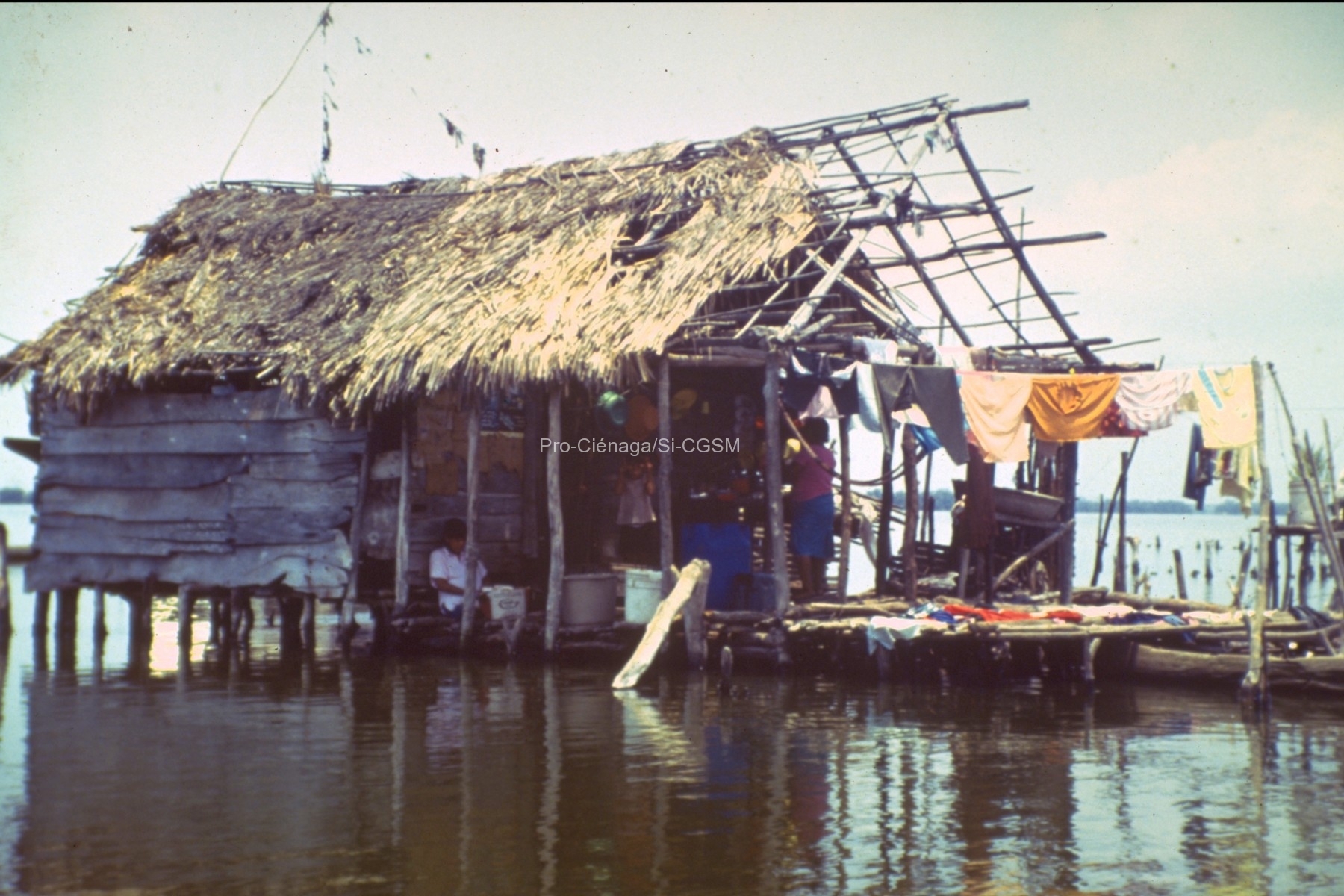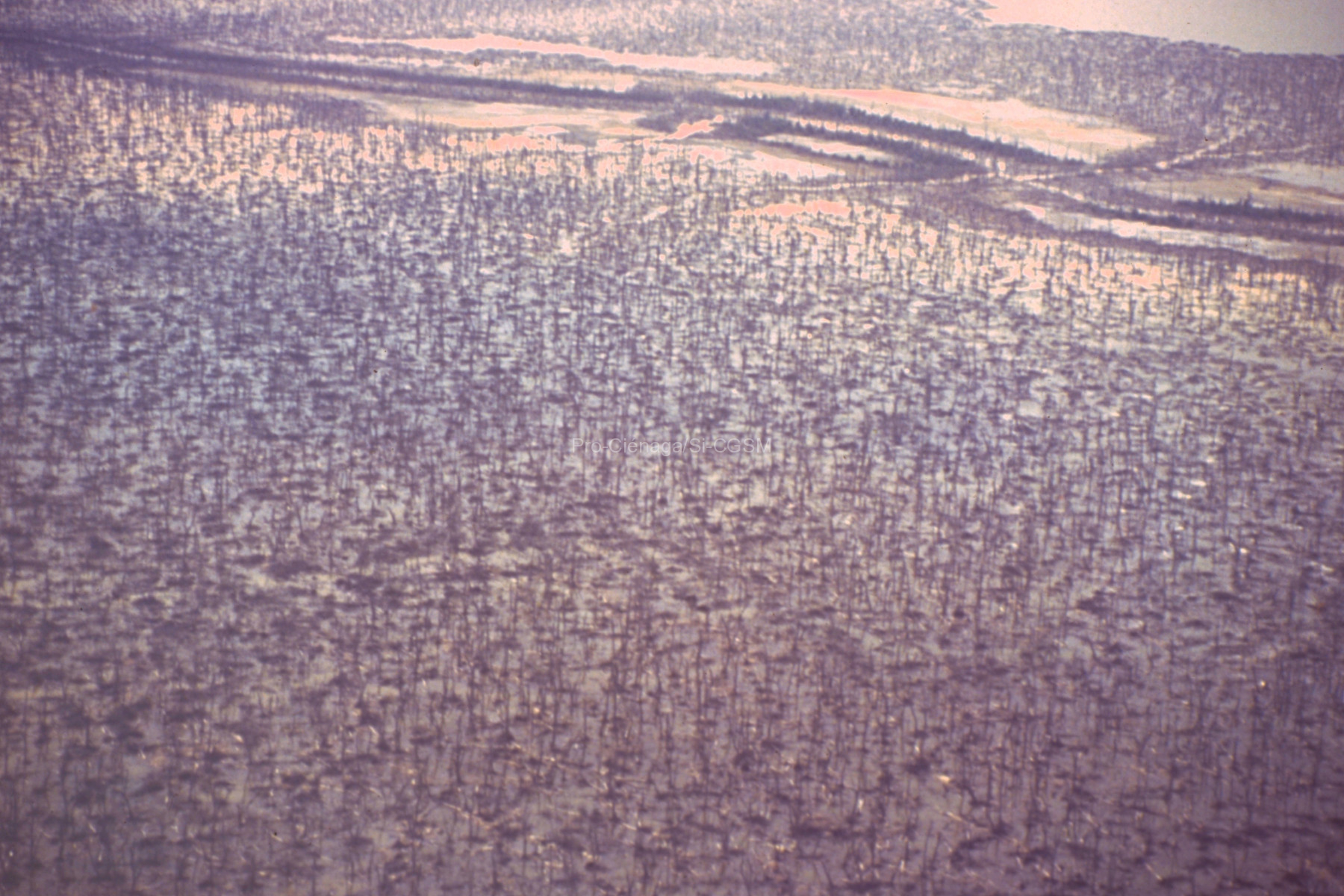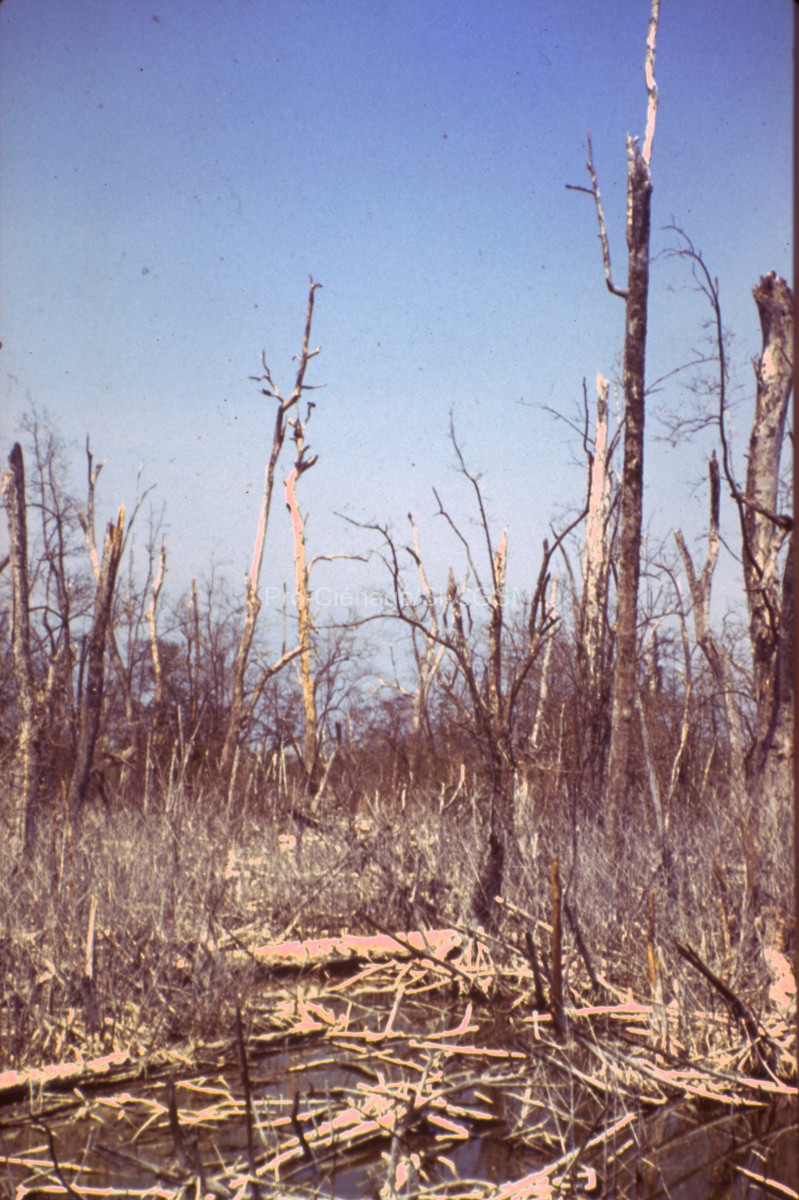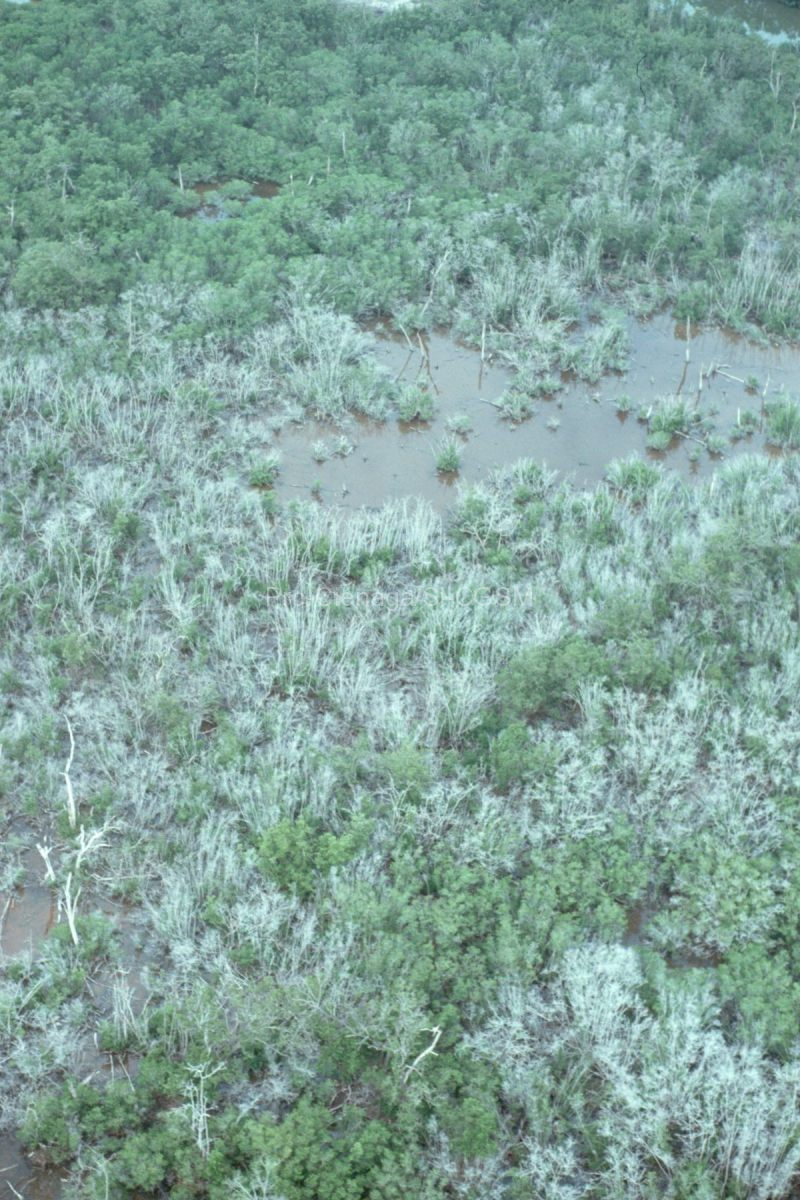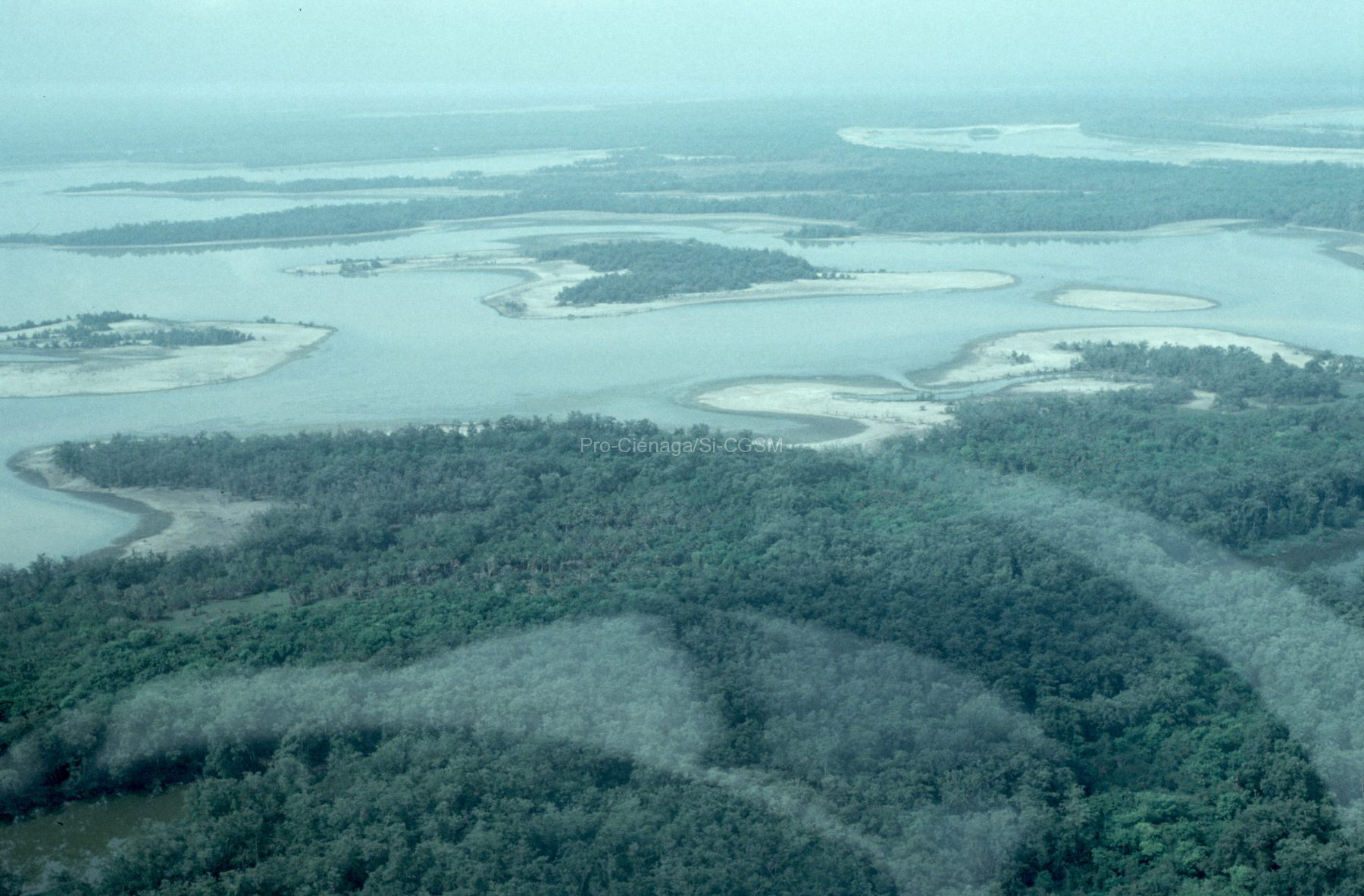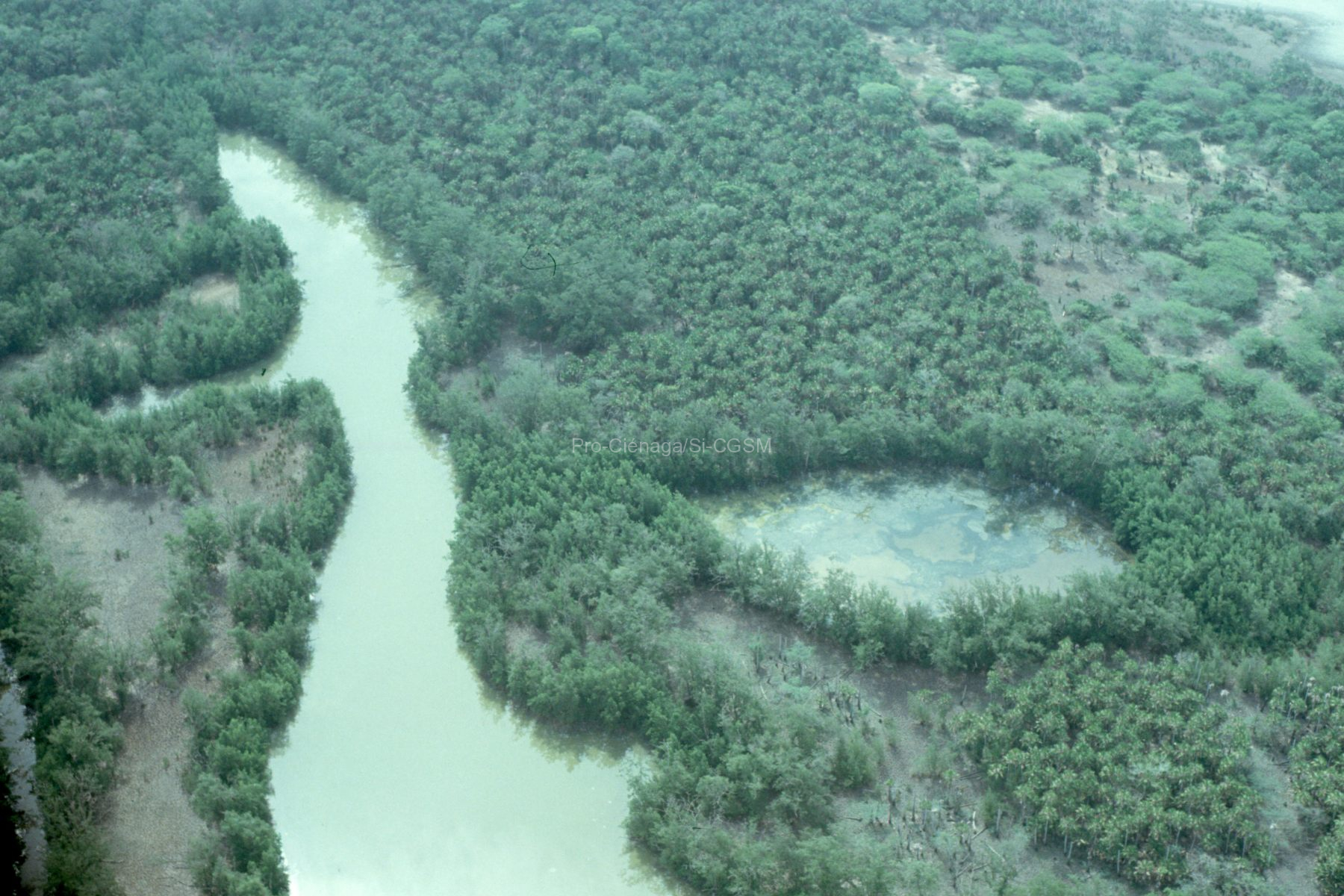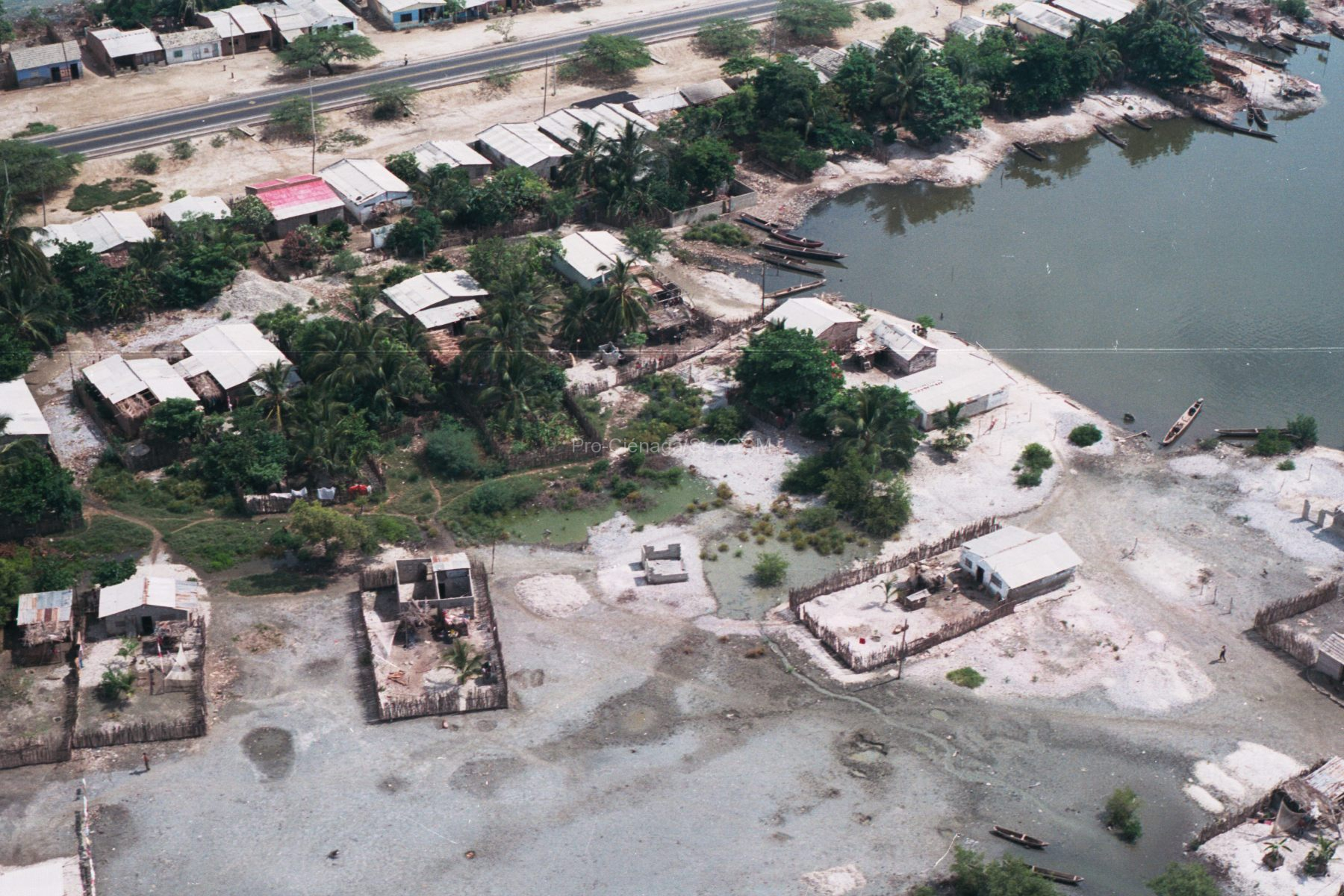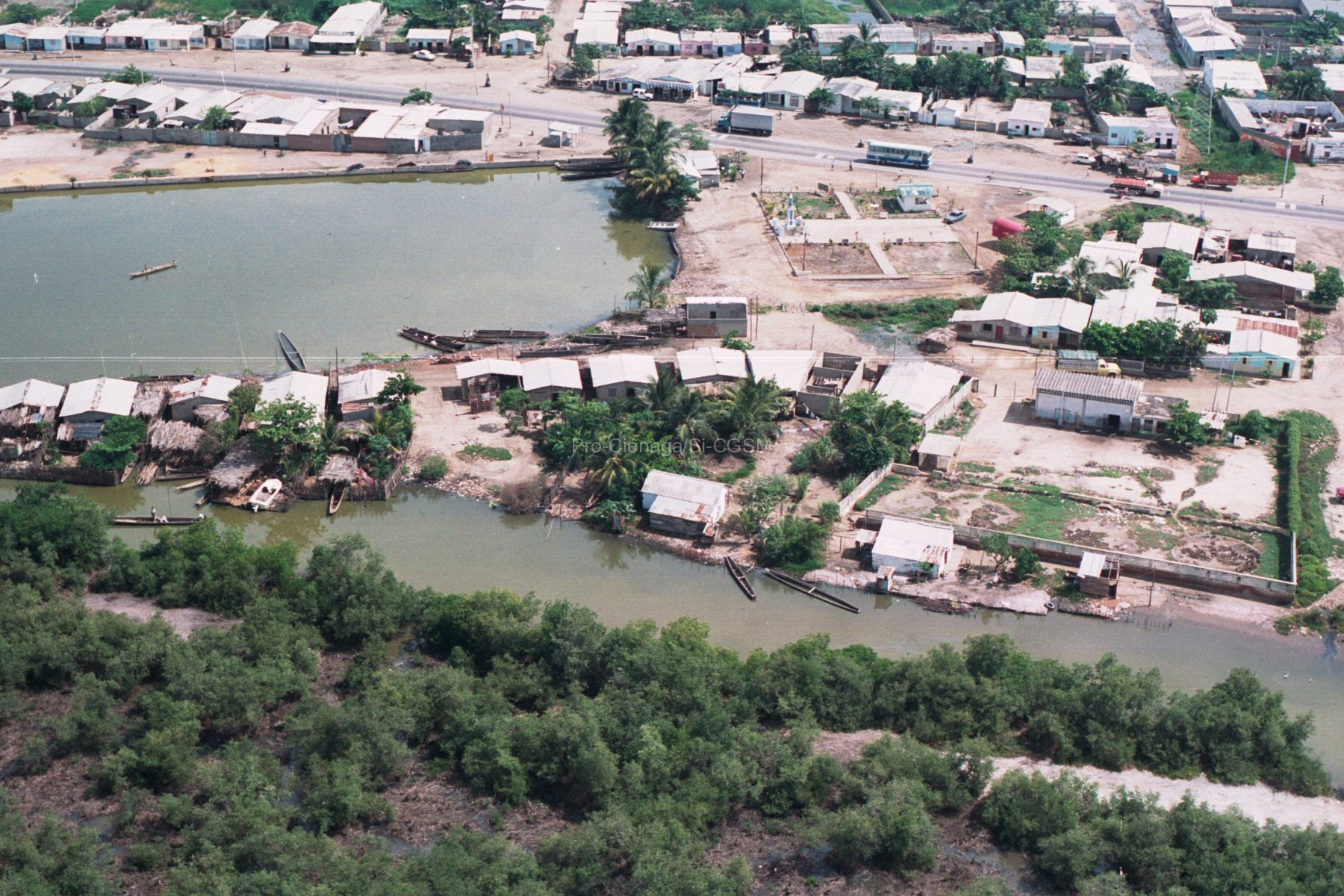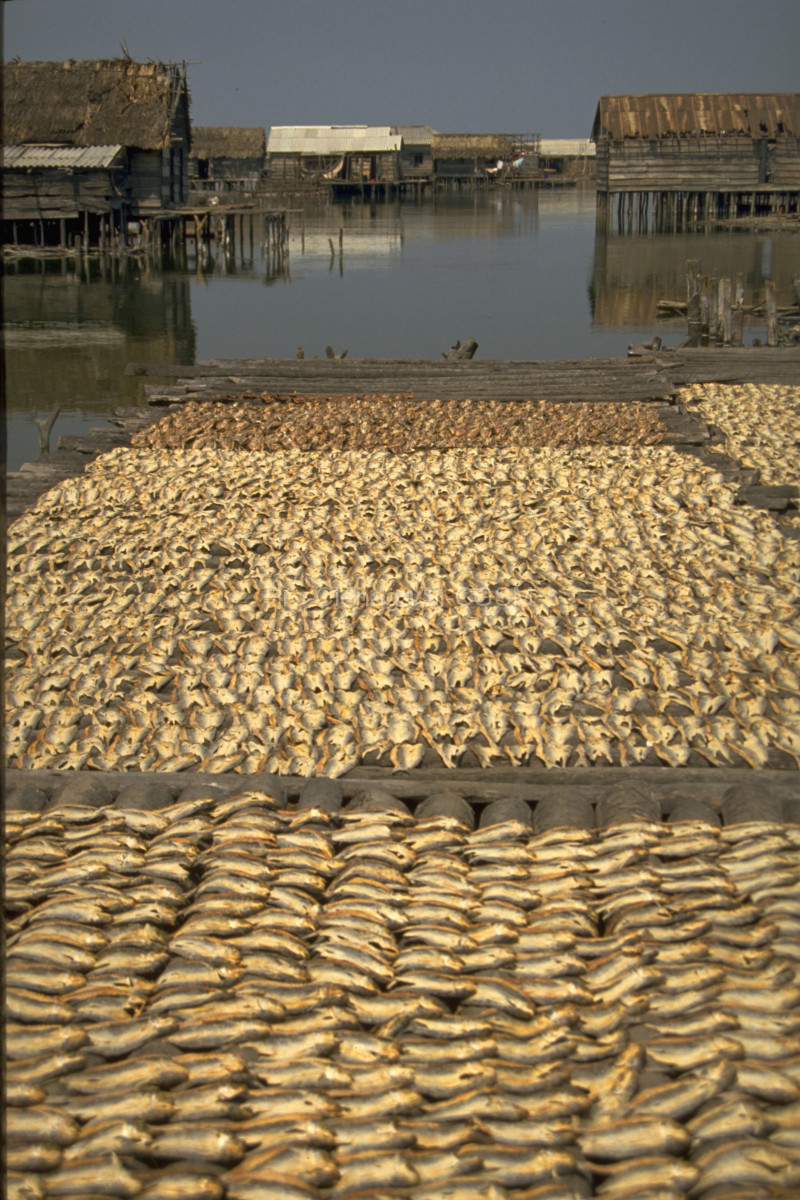In this study we measured the community respiration and the bacterial respiration as part of the overall degradation process of organic material. Additionally, the turnover rates of the pools of dissolved free glucose and acetate as representatives of the fraction of easily degradable low molecular organic solutes were determined. The study was performed in several coastal lagoons of the “Outer Delta of the Río Magdalena” in northern Colombia. The lagoons can be separated into two groups: The first group contains highly productive brackish lagoons with chl a concentrations ranging from 62 – 130 µg/l. The second group consists of less productive freshwater lagoons with chl a between 5.5 – 19 µg/l. Turnover rates of glucose and acetate were very fast in the highly productive lagoons resulting in turnover times of less than 20 min for both compounds. In the less productive systems the cycling of glucose and acetate was much slower. Here the mean values of the turnover times were 2 hr for glucose and 1.5 hr for acetate. The rates of bacterial DNA-formation measured as thymidine incorporation differed significantly between both groups of lagoons, being very high (1.86 – 2.76 nmol/l/hr) in the highly productive and relatively low (0.073 – 0.55 nmol/l/hr) in the less productive group. Water column community respiration ranged between 122 and 16 µg C/l/hr with means of 88 µg C/l/hr in the highly and 19 µg C/l/hr in the less productive group. In the first group the mean values of the bacterial contribution to community respiration amounted to 37% and in the second group to 18%. The bacterial respiration was determined in an indirect way via bacterial biomass production and assuming a growth efficiency of 50%. It is discussed whether this relatively high growth efficiency allows reasonable results in both groups of lagoons.

